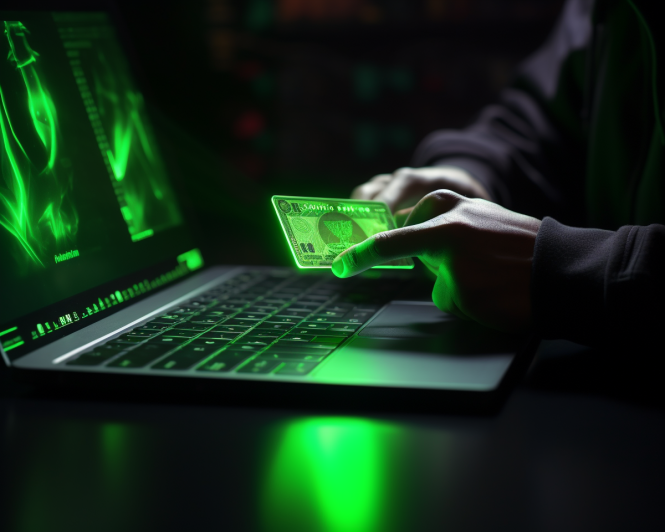This blog contains affiliate links. This means that ReHack may make a small commission if you purchase products through links in this post. Click here to learn more.
_________
The first year of the 2020s has seen many people used to office life now working from home instead of commuting to work every day. Digital communication has largely replaced face-to-face conversations, making digital signatures more important than ever.
Even things like applying for a mortgage or signing legal paperwork have transitioned to Zoom meetings and digital transactions. What do you need to know to use digital signatures correctly and securely?
Applications for Digital Signatures
Where do we see digital signatures out in the world? The answer might surprise you. This particular type of technology is popping up in various places, from health care to manufacturing and everywhere in between. In the medical industry, digital signatures help expedite care by reducing the time it takes to get pertinent signatures and get the ball rolling.
Want to take your signatures to the next level? Make signing easier with a stylus! This multi-pack is super affordable.
Vermont found that swapping to digital signatures cut down their contract approval times by 75%. Using digital signatures means they don’t have to worry about printing contracts or hiring couriers to ferry them around. It also saves the state government a remarkable amount of money in printing and courier fees.
In 2016, experts anticipated the electronic signature market would be worth more than $2.02 billion by the end of 2020 — and the coronavirus pandemic may have accelerated that.
Signatures vs. Intent to Sign
The challenge of electronic signatures isn’t just that you’re dealing with screens that make even the most eloquent signature look like it was scribbled by a kindergartener.
The problem also lies in capturing a legally valid signature instead of only capturing the user’s intent to sign a document. Anyone can copy your John Hancock or a reasonable facsimile of it onto a point-of-sale screen. You need an electronic signature certification to indicate this is indeed your signature, not just random scribbles or a convincing forgery.
Most companies use third-party businesses to produce digital validation certifications to prove your signature is yours. It’s not a free service, and that creates a new challenge.
Signature Certification Renewal
When you sign a physical contract, your signature remains valid until the contract states otherwise. The validation certificates for digital signatures aren’t perpetually valid. They expire after a number of years. That can become problematic if the contract needs to be enforced in court. Once that certificate expires, the contract is no longer legally enforceable.
There is a way around this, in most cases. The third-party companies that generate these certificates will often offer the option to pay a renewal fee, making the certificate valid and applicable in court if necessary. They may offer renewal options throughout the course of the contract’s valid period to ensure it stays active.
Check the URL Before Signing
As a user, you may use digital signatures for everything — from signing your mortgage paperwork to submitting your tax returns.
While you might not have to worry about validation certificates and renewal under most circumstances, there is one thing you should always look out for. When you’re submitting a digital signature, ensure the URL starts with HTTPS instead of HTTP.
HTTPS indicates the connection is secure and your data is encrypted as it is submitted. While an unencrypted URL that starts with HTTP might be secure and legitimate, it’s not encrypted and is therefore vulnerable to hacking. Don’t put yourself at risk by submitting an important digital signature on an unencrypted website.
Be Aware of Possible Threats
Digital signatures are becoming more common than ever, but before you start signing on the digital dotted line, it’s important to understand the potential threats of this technology.
As with any networked or connected system, a software breach could end up with your contract, signature and all of your personal information for sale on the Dark Web. Ensure that an image of your digital signature is never stored in an online database.
Fake sites phishing for your signature and information are also a threat, often looking identical to real websites in an attempt to steal your data. Pay close attention to the URL and ensure you’re on an authentic website rather than one that’s trying to make off with your information.
Using Digital Signatures Correctly
We’re spending more time at home than ever before in an effort to stem the tide of the current global pandemic.
While face-to-face meetings aren’t necessarily a thing of the past, many official meetings are transitioning to digital ones. This isn’t a bad thing — it’s just something we need to be aware of, as it can bring new challenges regarding identity security and privacy.
Know how to ensure the sites you’re submitting digital signatures to are legitimate and take all the necessary steps to protect your data. It sounds simple, but a bit of foreknowledge and preparation can keep you safe in this new digital environment.
Recent Stories
Follow Us On
Get the latest tech stories and news in seconds!
Sign up for our newsletter below to receive updates about technology trends














